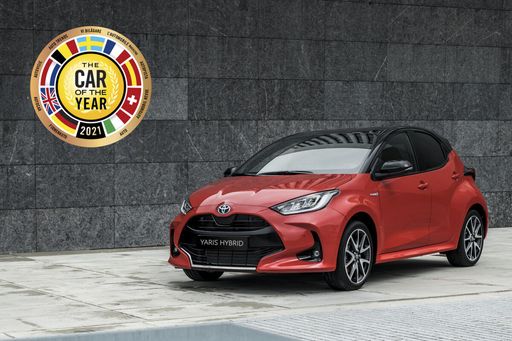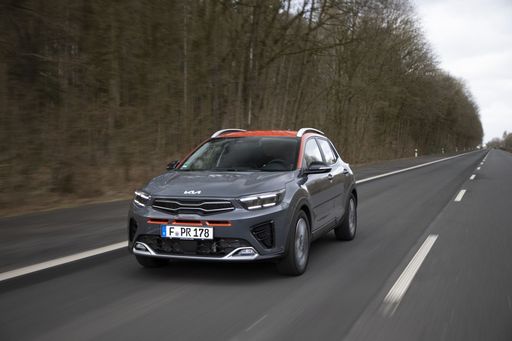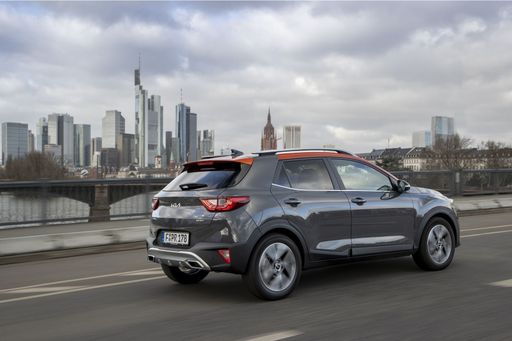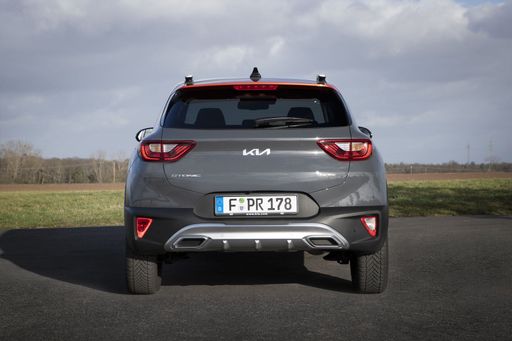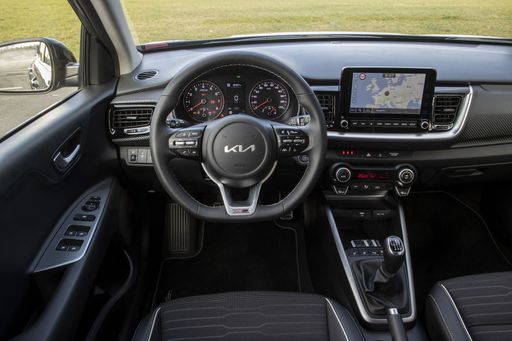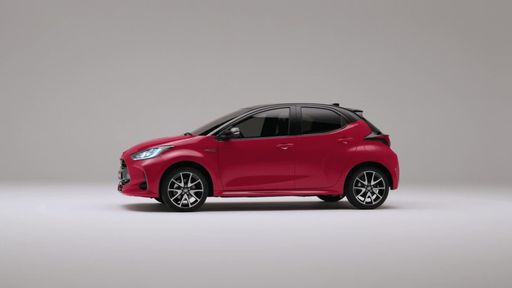Powertrains and Performance
Performance is crucial when evaluating these two vehicles. The Kia Stonic offers a choice of petrol engines, including a 998 cc variant and a larger 1197 cc option, delivering between 100 HP and 79 HP. It boasts a torque range from 113 Nm to 200 Nm, with a 0-100 km/h acceleration time of 11.3 to 14.2 seconds. Notably, its fuel consumption varies between 5.5 and 5.8 L/100km, depending on the variant, matching the needs of economical drivers.
The Toyota Yaris, on the other hand, impresses with its engine lineup, including full hybrid variants that produce up to 116 HP. This makes the Yaris not just powerful, but also highly efficient, with a fuel consumption as low as 3.8 L/100km. Notable for its 0-100 km/h acceleration range of 9.2 to 9.7 seconds, it caters well to those who seek performance along with eco-friendliness.

